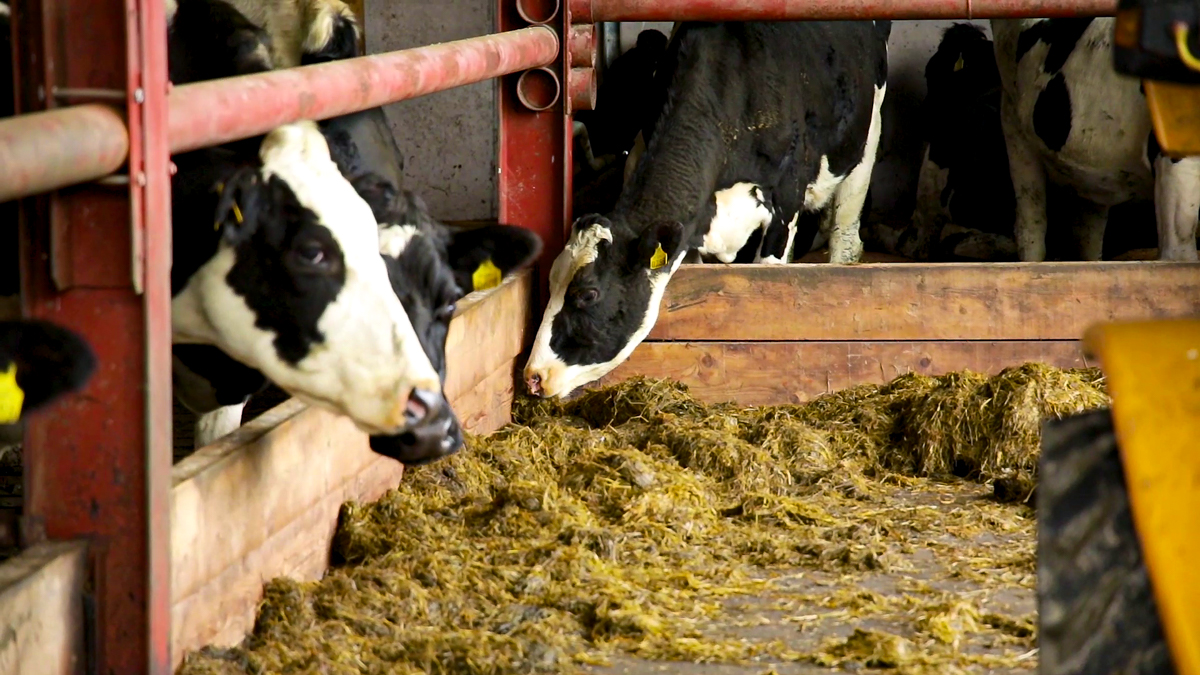Getting dry cow management right is a key component to having a successful calving season.
Cows that calve down in the correct mineral status and in the correct body condition score (BCS) are much less likely to have issues related to calving, whereas cows that are not in the correct BCS or mineral status are more likely to have issues around calving.
Mineral status
Ahead of calving farmers should ensure that cows are being fed a high-quality dry-cow mineral.
Many issues with cows before, during and after calving can be avoided if cows are in the correct mineral status.
In terms of mineral specification, the main points are:
- Low calcium (<1.1%);
- 20-25% magnesium;
- 2-5% phosphorus (P) fed at a higher rate if forage P content is low;
- Vitamin D – at least 12,000 units/100g;
- Trace minerals – copper, zinc, selenium, manganese, iodine and cobalt with protected sources included where required.
Minerals are usually fed at a rate of 120g/cow/day; if you are dusting minerals on silage it is better to do it twice-a-day at a rate of 60g.
This should be fed to cows six weeks prior to calving, but can also be fed throughout the dry period.
Dry cow management
It is a good time to assess the condition of your cows and determine if there are any cows that are over- or under-conditioned.
For over-conditioned cows, the aim is to decrease their energy intake, so mixing straw into the silage may be an option.
If you have identified a number of cows that you think are under-conditioned you may need to feed some form of dry cow concentrates.
Before this is done you should consult with your vet and/or advisor regarding which options will suit your farm best.
Soya
Another thing for farmers to think about ahead of calving is whether they might benefit from feeding some soya to cows.
On farms where colostrum quality has been an issue in the past, soya can be fed to cows two weeks prior to calving.
Offering cows between 200-300g/head should improve the colostrum from the cow, without impacting on calf size.
Some farmers may be hesitant to feed soya to cows that are heavily in-calf and close to calving, but once soya is not over-fed to cows it will have little or no impact on calf size, but should have an impact on the colostrum produced by the cow.
